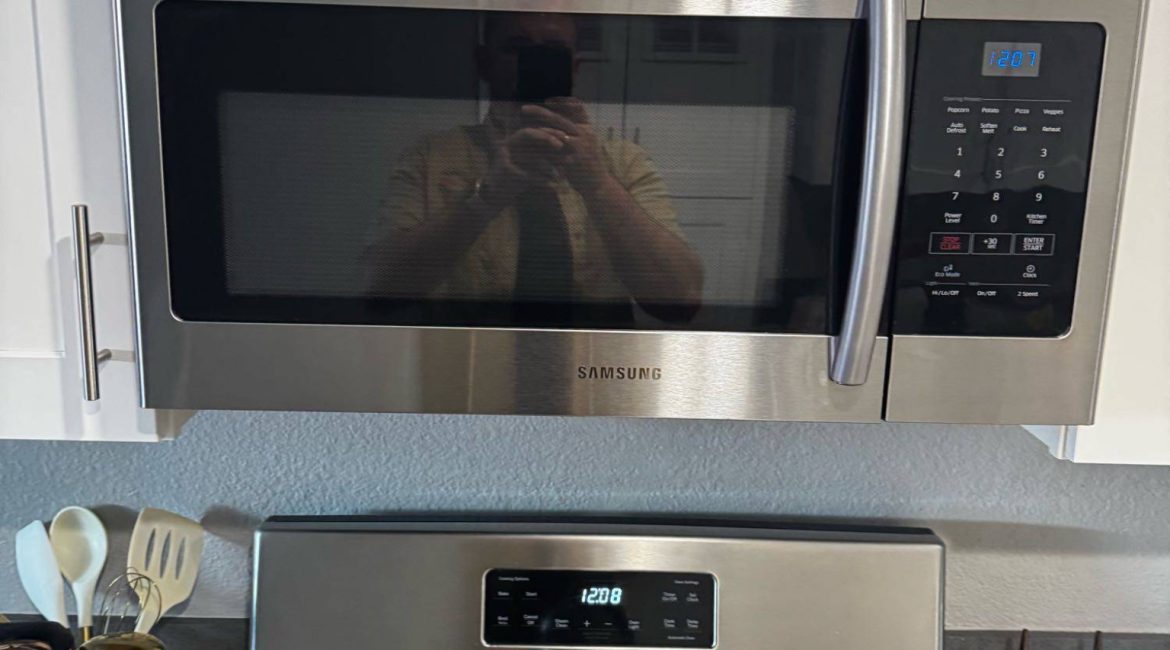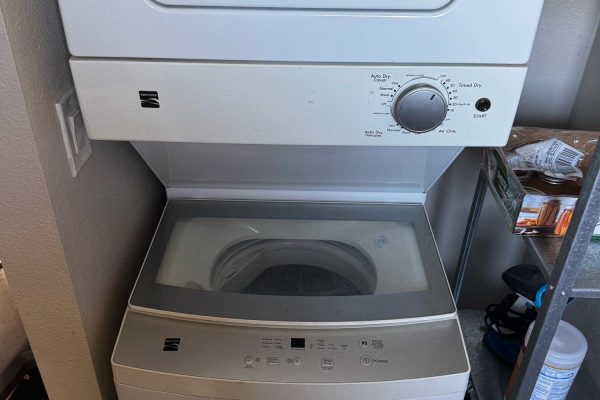A microwave is one of the most convenient appliances in any kitchen, saving time and simplifying daily cooking tasks. But when its buttons suddenly stop responding, frustration quickly replaces convenience. Whether you rely on your microwave for reheating meals, defrosting ingredients, or preparing quick dishes, a non-responsive control panel brings everything to a halt. Understanding why this happens can help you take the right steps to restore the appliance’s performance safely and effectively.
One of the most common reasons for unresponsive microwave buttons is a faulty touchpad membrane. The touchpad is the interface you press to set cooking times, power levels, or special settings. Inside the touchpad lies a thin membrane composed of electrical circuits that register each command. Over time, heat, moisture, or normal wear can cause sections of this membrane to break down. When this happens, certain buttons may work intermittently while others fail completely. Users often notice the issue progressing over time. For example, one button may initially require extra pressure to respond, but eventually even firm pressing produces no result.
Touchpad membrane problems can stem from a range of factors. Moisture from steam, especially in microwaves installed above a stove, can slowly infiltrate the panel. Cleaning products sprayed directly onto the control area can seep inside and cause corrosion. Repeated pressing in the same zones may wear down the conductive layer. In some cases, the membrane simply reaches the end of its operational life. Regardless of the cause, once the membrane is damaged, the only reliable fix is professional replacement.
Another frequent cause of non-responsive buttons is a malfunctioning control board. The control board acts as the microwave’s brain, interpreting signals from the touchpad and sending instructions to components such as the magnetron, turntable motor, or cooling fan. When the board fails, even a fully functioning touchpad cannot communicate properly. Symptoms often include random beeping, partial response to commands, flickering display, or complete unresponsiveness.
Control board issues may arise due to electrical surges, worn-out components, manufacturing flaws, or long-term exposure to heat. Capacitors, resistors, and microprocessors on the board can degrade and fail. Sometimes the board develops burnt sections or loose solder joints, preventing signals from traveling correctly. Diagnosing control board damage requires specialized tools and experience, as the symptoms often mimic other faults.
Before concluding that the touchpad or control board is the problem, it is helpful to rule out a few simpler issues. For example, a locked control panel can make it seem like buttons aren’t responding. Many modern microwaves include a child lock setting that disables the keypad entirely. Checking the user manual for lock instructions could save unnecessary worry. Additionally, power supply interruptions or damaged power cords may lead to inconsistent performance.
However, if the microwave has power, the display is functioning, and the buttons still do not react as expected, the internal components are likely the cause. Attempting to repair these parts without professional expertise can be unsafe. Microwaves contain high-voltage capacitors that retain dangerous electrical charge even after the appliance is unplugged. These components can cause severe injury if handled improperly. For that reason, replacing the touchpad membrane or repairing the control board is a task best left to trained technicians.
Professional diagnosis ensures not only an accurate assessment but also a safe and effective repair. Technicians can determine whether the membrane, control board, or both components need replacement. In many cases, repairing the microwave is far more cost-effective than buying a new unit, especially if the appliance is otherwise in good condition.
Ignoring the issue can lead to further complications. A failing control board might cause the microwave to behave unpredictably, such as starting on its own, shutting off mid-cycle, or failing to heat evenly. A malfunctioning touchpad can make it difficult to set cooking times precisely, potentially increasing the risk of overheating food or damaging the appliance. Continued use of a faulty microwave may strain additional internal components, leading to a more expensive repair later.
If your microwave’s buttons are no longer responding, the safest and most efficient solution is to schedule professional service as soon as possible. Prompt attention not only restores convenience but also helps maintain the appliance’s long-term reliability.
For expert diagnostics and fast, dependable repair, contact Poway Appliance Repair Service Center. Their team specializes in resolving microwave touchpad and control board issues, ensuring your appliance works smoothly and safely again. Avoid unnecessary stress and prevent potential hazards by trusting trained professionals with your microwave repair needs.
If your microwave buttons aren’t responding, reach out to Poway Appliance Repair Service Center today and get your appliance back in top condition.
Contact us


